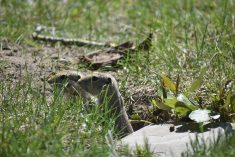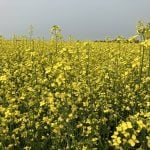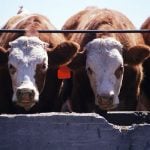One might assume southern Saskatchewan’s native grasslands to have suffered stress under climate pressures over the past 30 years — and one might be wrong, a new study suggests.
The province’s south has experienced “much drier weather and some very significant droughts overall” in the past three decades, according to University of Regina geography professor Joe Piwowar.
However, he said in a release Wednesday, his research shows native prairie in the region has in fact been getting greener.
“This is totally unexpected,” said Piwowar, the university’s Canada research chair in geomatics and sustainability.
Read Also

U.S. grains: Corn backs away from gains at close
Chicago | Reuters — U.S. corn futures climbed to a 6-1/2 week high on Friday on short covering ahead of…
“My assumption going into this research is that the prairie grasses are responding to changes in climate. Second only to the Arctic, the Canadian prairie is one of the most sensitive areas to climate change.”
Given the dry climate conditions, he said, “I would have expected the prairie grasslands to be showing more signs of stress. Instead, there’s been more biomass, more vegetation growth.”
For his research, Piwowar has been studying Grasslands National Park, south of Swift Current on the province’s border with Montana.
The park is considered an environment “largely undisturbed by human activities,” which he said allows him to analyze the impacts of climate change, through field research and satellite imagery.
Piwowar’s next step, he said, is to figure out why the vegetation has been increasing and how this change could impact human activity, such as agriculture in the surrounding region, as well as how it will impact the region’s biodiversity in the future.















